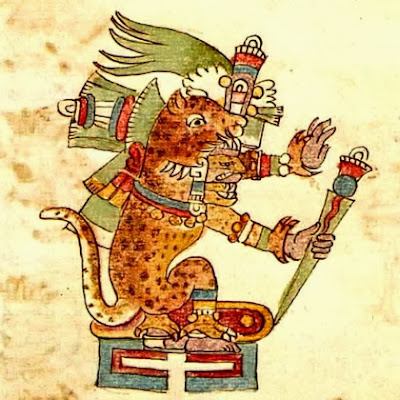My cousin choked to death on the equivalent of a Happy Meal. She died alone in her home. It took a couple of days for family members to guess that something had happened.
You see, she had advanced Parkinson's Disease, and could not cook for herself. The disease had advanced very far because it had been undiagnosed and untreated for way, way too long.
Why, you might ask?
Well, the short answer is that poor people avoid doctors until they cannot avoid them. My cousin had gone to the emergency room many times, but as someone who also had advanced diabetes, lacked health insurance, and was the caregiver for her mother, regular doctor's visits just weren't happening too often.
There were many diabetes medications that she had to pay for out-of-pocket first. And a 10+ year old blood glucose meter that needed expensive test strips, purchased out of pocket. And lancets. And insulin injection equipment.
My cousin lacked insurance because she was part of the working poor. In the past she had worked full time at a very steady professional job. (More on that below.) In recent years, she had worked as best she could - part-time - for as long as she could. Until the Parkinson's made it almost impossible for her to continue teaching instrumental music to children.
Eventually, she qualified for Social Security Disability but by then it was too little health care, too late - and still no visiting nurse or home care assistance to speak of.
Imagine having to care for your home-bound mother who could barely walk, when you yourself have both diabetes and Parkinson's.
It's unthinkable. Unimaginable.
But that was my cousin's situation.
Why, you might ask?
Because after 30 years of teaching children in the parochial schools of the Diocese of Rochester, she lost her job. Her entire school, along with many other Catholic schools, had to close their doors.
You see, the Diocese didn't police itself for decades. All their money ended up going into an endless series of settlements for priest child sexual abuse victims.
So no job, no pension, and no insurance.
The next time you hear about the Affordable Health Care Act, I invite you to think about people like my cousin.
She had a name: Eloise Ann Hubbel.
She lived at 541 Clay Avenue in Rochester, New York.
She mattered a lot to me.
Her death, while "accidental" in some sense, might well have been preventable if she had had health insurance and better access to health care.











































+(3).JPG)



.jpg)
